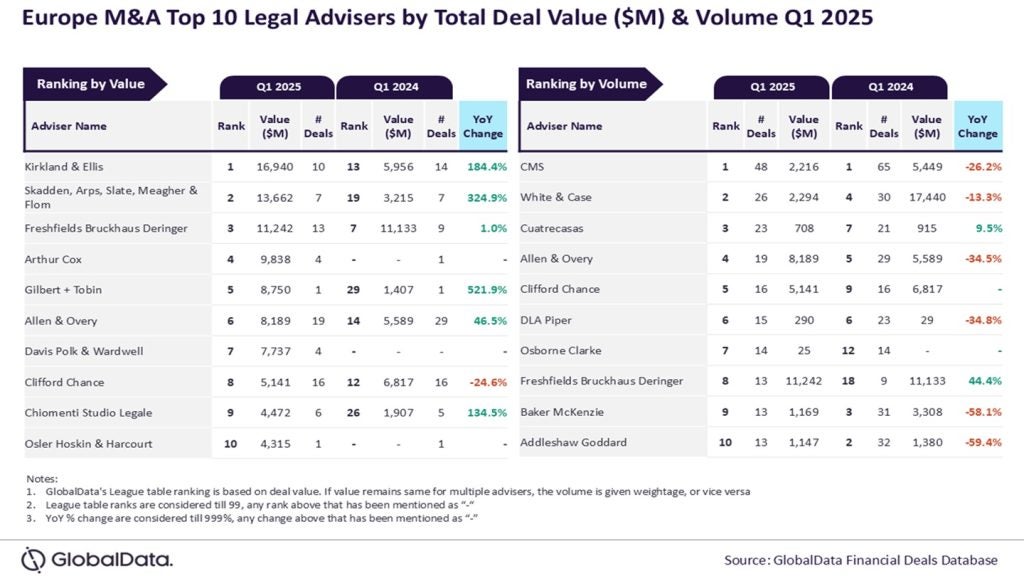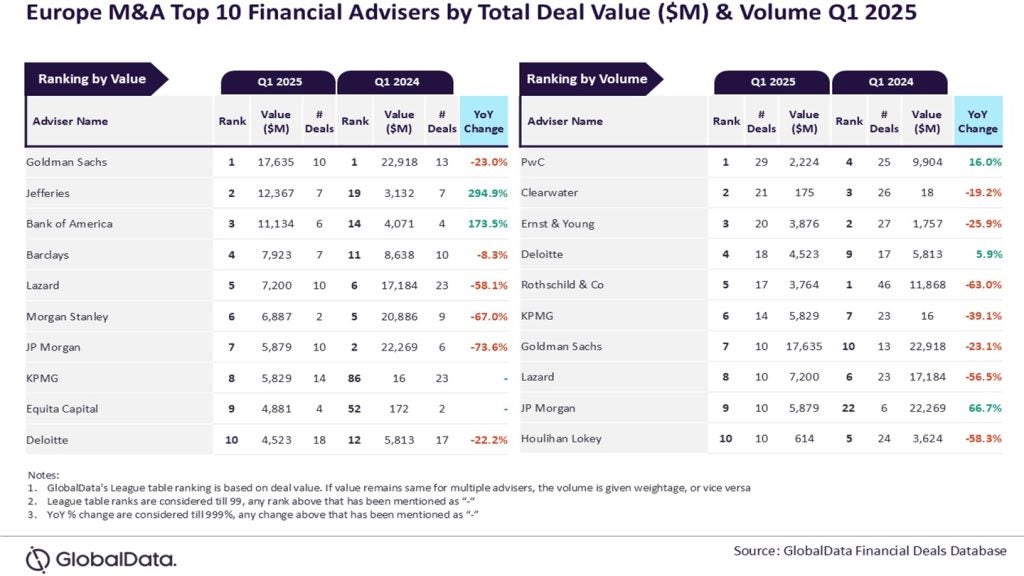Last year, Henley & Partners published research suggesting there are now 88,200 crypto millionaires worldwide, with just under half holding their fortunes in Bitcoin. How do we satiate the growing market of crypto HNWIs? Henry Burrows writes
The study also found that a staggering 425 million individuals now own crypto worldwide. And wider data suggest that this trend skews heavily towards younger age groups.
In May 2023, FINRA, the US Investor Education Foundation, released a research study on investment trends among Gen Z, those aged 18-25. The study examined attitudes and behaviours around investing among young people in the US, UK, and Canada.
The numbers for the UK were stark when it came to cryptocurrencies. 50% of Gen Z investors owned crypto; 48% of those polled considered buying property as the main priority of their investment activity.
In the US, the trends were similar. 55% of Gen Z investors primarily invest in crypto, rising to 57% for millennials. Crypto is also the gateway for nearly half the investment activity among Gen Z investors, more popular that mutual funds or stocks by quite some distance.
And a growing number of those investors are finding their way to wealth managers, private banks, and trusts, to protect what they have created.
This demand, in turn, has generated challenges on both sides of client-manager relationship.
One the one hand, this new generation of young entrepreneurs, most in their 20s and 30s, have little to no experience in dealing with financial institutions, or in managing vast sums of money.
And on the other, the way they have created their wealth is often alien to many money managers. It’s not stocks, shares, property, or inheritance. Instead, its initial coin offerings, mining, staking, yield farming, or NFT collections.
Not only does this feel alien, but it can be intimidating – difficult to comprehend or advise on, and at times overwhelming.
As a result, crypto prospects are often unfairly written off as too risky or too complex.
Leveraging the blockchain’s compliance properties
So, how do you assess how someone has generated wealth on the blockchain? Is it even possible? Is it feasible within existing compliance frameworks?
In the real world, source of wealth checks would involve a process of due diligence: gathering paperwork, online research, reviewing public records – all to build a broad picture of someone’s background and track record.
Even then, you won’t always have the figures; and you won’t always know the facts behind a windfall. The process can be lengthy and expensive and not always conclusive.
But in crypto, the story is different. The answer is all in publicly available data. From a source of wealth perspective, there are three key characteristics to know:
- Every single transaction is publicly available
- Every action taken by someone on the blockchain is recorded
- The data is immutable. In other words, it can’t be tampered with
Let’s explore how those first two apply in simple terms.
I want to send Bitcoin to Jim. Jim provides me with his Bitcoin address so I can transmit the funds.
Jim also tells me that the address is connected to his Coinbase account. Mine, it just so happens, is from my Binance account.
Once I send the funds, the following data is recorded on the blockchain (and is available to search online for free on websites like blockchain.com):
- My address
- Jim’s address
- The amount transferred
- The date and time of the transfer
- The transaction reference number
So, we have funds moving from Binance to Coinbase.
But I also know Jim’s Coinbase address, so I can look at his transaction history and see what else he’s been up to. And if I know enough about other addresses he’s been interacting with – and there are various methods of gathering this information – I can construct an accurate retelling of Jim’s crypto journey.
If the amount of data I have extends even further, let’s say to addresses tied to darknet marketplaces, hacks, scams, or sanctions, then I could also check to see if Jim has been exposed to any of those risks.
Piecing together this data forms the basis of the burgeoning crypto source of wealth sector. Because every transaction is publicly available, it is possible to assess where the money came from and what the risks are: provenance and legitimacy.
And because the blockchain is tamper-proof, I know that the data I am assessing is extremely robust: data integrity.
This means that client onboarding can be done with rigour and efficiency, which leads on to the fourth and most important rule: the blockchain is a compliance tool in its own right.
So, what’s the catch with crypto HNWIs?
Crypto source of wealth requires new approaches to customer due diligence. Identification and proof of address won’t get you far when it comes to digital assets. So institutions need to adapt their compliance requirements to get the right data from the customer up-front.
First and foremost, obtaining the narrative from the prospect on their crypto journey is critical. Where and how did they start? Which services have they used? What are their on- and off-ramps?
Next is the customer wallets: gather all the addresses they have used to send and receive funds, or at a minimum the key ones around which the wealth picture can be built. In some of the more complex scenarios, crypto analytics tools could be used to speed up this process.
And third is understanding that the wealth journey is different in crypto.
Crypto investors make fortunes in weird and wonderful ways. Some in incredibly short spaces of time too with minimal initial investments.
The temptation is to see those wealth generation stories as dubious. But this is how younger generations are building their wealth today. It is very much a feature of an emerging asset class, and wealth managers will do well to keep that in mind.
Henry Burrows is the CEO and founder of hoptrail








